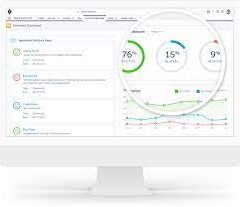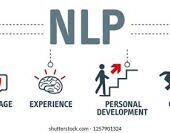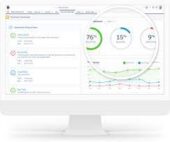AI Agent Workflows: The Ultimate Guide to Choosing Between LangChain and LangGraph
Explore two transformative libraries—LangChain and LangGraph—both created by the same developer, designed to build Agentic AI applications. This guide dives into their foundational components, differences in handling functionality, and how to choose the right tool for your use case.
Language Models as the Bridge
Modern language models have unlocked revolutionary ways to connect users with AI systems and enable AI-to-AI communication via natural language. Enterprises aiming to harness Agentic AI capabilities often face the pivotal question:
“Which tools should we use?”
For those eager to begin, this question can become a roadblock.
Why LangChain and LangGraph?
LangChain and LangGraph are among the leading frameworks for crafting Agentic AI applications. By understanding their core building blocks and approaches to functionality, you’ll gain clarity on how each aligns with your needs. Keep in mind that the rapid evolution of generative AI tools means today’s truths might shift tomorrow.
Note: Initially, this guide intended to compare AutoGen, LangChain, and LangGraph. However, AutoGen’s upcoming 0.4 release introduces a foundational redesign. Stay tuned for insights post-launch!
Understanding the Basics
LangChain
LangChain offers two primary methods:
- Chains – Linear sequences of steps (e.g., LLM calls, tool invocations, external data integration). These can branch conditionally but remain predefined.
- Agents – Flexible, decision-making systems capable of calling tools dynamically, iterating when necessary.
Key components include:
- Chains: Step-by-step workflows, either linear or branched.
- Agents: Integrate reasoning and dynamic tool usage.
- Tools: Functions invoked by agents or chains to interact with external systems.
- Prompts: Define tasks, provide context, or guide interactions with the LLM.
LangGraph
LangGraph is tailored for graph-based workflows, enabling flexibility in non-linear, conditional, or feedback-loop processes. It’s ideal for cases where LangChain’s predefined structure might not suffice.
Key components include:
- Graphs: Handle workflows dynamically, including cyclical and conditional paths.
- Nodes: Represent workflow steps (e.g., LLM calls, tool executions).
- Edges: Define information flow; conditional edges determine paths based on logic.
- State: Tracks workflow status, managed as a mutable
TypedDict.
Comparing Functionality
Tool Calling
- LangChain:
- Tools are invoked via chains or dynamically by agents.
- Chains predetermine tool usage; agents decide in real-time.
- LangGraph:
- Tools exist as nodes; agents within the graph decide which tools to call.
- Supports conditional edges for additional logic and state updates.
Conversation History and Memory
- LangChain:
- Built-in memory abstractions (e.g., full session, summarized, or custom memory).
- Supports external databases for long-term memory storage.
- LangGraph:
- Relies on state for memory, with variables passed between nodes.
- Persistent memory across sessions requires external integration.
Retrieval-Augmented Generation (RAG)
- LangChain:
- Comprehensive out-of-the-box RAG tools, including document loaders, embeddings, and vector storage.
- LangGraph:
- Custom RAG pipelines require node-based implementation for parsing, embedding, and retrieval.
Parallelism and Error Handling
- LangChain:
- Supports parallel chains/agents via
RunnableParallel. Custom logic needed for advanced async tasks. - Error handling must be explicitly coded in chains or agents.
- Supports parallel chains/agents via
- LangGraph:
- Supports parallel node execution and retry mechanisms embedded as workflow nodes.
- Allows recovery from failures at specific nodes without restarting the entire process.
When to Choose LangChain, LangGraph, or Both
LangChain Only
- For quick prototypes or linear workflows (e.g., document retrieval, summarization).
- When leveraging built-in agent capabilities without needing granular workflow control.
LangGraph Only
- For complex, non-linear workflows requiring conditional logic, branching, or feedback loops.
- When custom control and advanced task orchestration are critical.
Using LangChain + LangGraph Together
- To combine LangChain’s pre-built abstractions (e.g., RAG, memory) with LangGraph’s non-linear orchestration.
- For workflows demanding the strengths of both frameworks.
Final Thoughts
Whether you choose LangChain, LangGraph, or a combination, the decision depends on your project’s complexity and specific needs. By understanding their unique capabilities, you can confidently design robust Agentic AI workflows.













